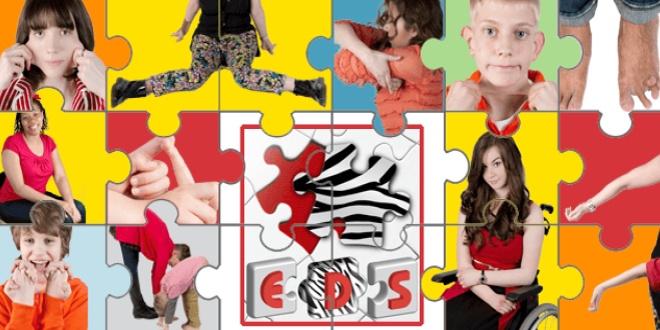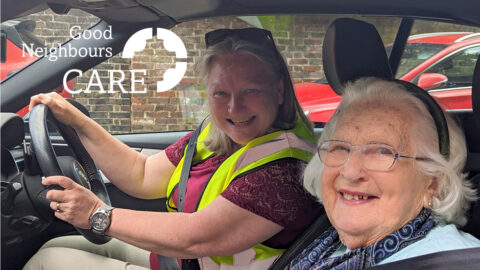Ehlers-Danlos Syndrome UK (South East Surrey and Sussex Support Group)

Ehlers-Danlos Syndrome (EDS) is a rare disease with around 1 in 5,000 people diagnosed with one of the syndromes. However, it is feared there could be more undiagnosed or misdiagnosed. For those with a diagnosis in South East Surrey and Sussex there is a support group offering help to those in need.
EDS is the name for a group of rare inherited conditions affecting connective tissues which provide support to skin, tendons, ligaments, blood vessels, organs and bones. The condition manifests itself in several different types of EDS, including an increased range of joint movement, stretchy skin and skin which breaks or bruises easily.
The roots of EDS lay in genetics and depending on the type of EDS, the gene at fault may have been inherited from one parent or both parents but sometimes the faulty gene is not inherited. Effects of EDS differ from person to person, for some it is a mild condition, while for others it can be disabling or even in rare cases life-threatening.
EDS-hypermobile (hEDS) is the most common EDS with symptoms including joint trouble, tiredness, skin that easily bruises and digestive problems. There are currently no tests to confirm categorically whether someone has the condition, diagnosis is made based on a person’s medical history and a physical medical examination.
The South East Surrey and Sussex Support Group steps in to help those with EDS as well as easing the burden on the NHS. Previously GP practices dealt with casework but they are often busy and cannot be experts in the condition. The support group with the Crawley Clinical Commissioning Group and a consultant rheumatologist offer support.
One member of the group who does not want to be identified explained how she has lived with the condition for her whole life and in the early years it was not taken all that seriously as she would perform party tricks with her sister with her knees and elbows and her moves were simply referred to by others as being double-jointed.
However, one day things changed, she says: “One day I was putting on my coat and my shoulder completely came out of its socket. I saw it hanging in front of me.”
Luckily, the shoulder went back in but it continued to dislocate and it was not until she had two knee operations later on that her consultant first mentioned that she was very bendy. In later years, bringing up two children she was beset by back pain and her knee and ankle ligaments kept giving way, cracking and popping.
Sadly in 2015 she had to give up work due to increasing and chronic injuries and was diagnosed with hEDS by a rheumatologist. Today, she is looking to the future and is receiving support from her GP and has now been asked to share her experiences with others to help their understanding of EDS and to eliminate the sense of loneliness the condition can bring.
[box type=”shadow” align=”” class=”” width=”600″]For more information about Ehlers-Danlos syndrome, visit: www.ehlers-danlos.org or join the North Sussex Facebook Ehlers-Danlossyndrome group: www.facebook.com/groups/[/box]
By Jacob White





